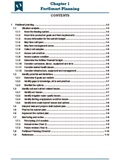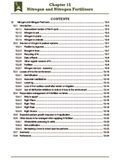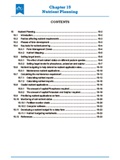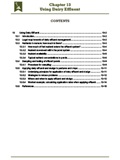Fert$mart Chapter 16 - Developing a fertiliser management plan
29 June 2021
-
Fert$mart Chapter 16 - Developing a fertiliser management planPDF, 814.04 KB
The purpose of a fertiliser management plan is to guide soil and fertiliser management decisions across the farm throughout the coming season or year. Fertiliser management plans are used by dairy farmers and farm managers for a range of purposes.
This chapter forms part of the Dairy Soils and Fertiliser manual. Find out more at Fert$mart.



